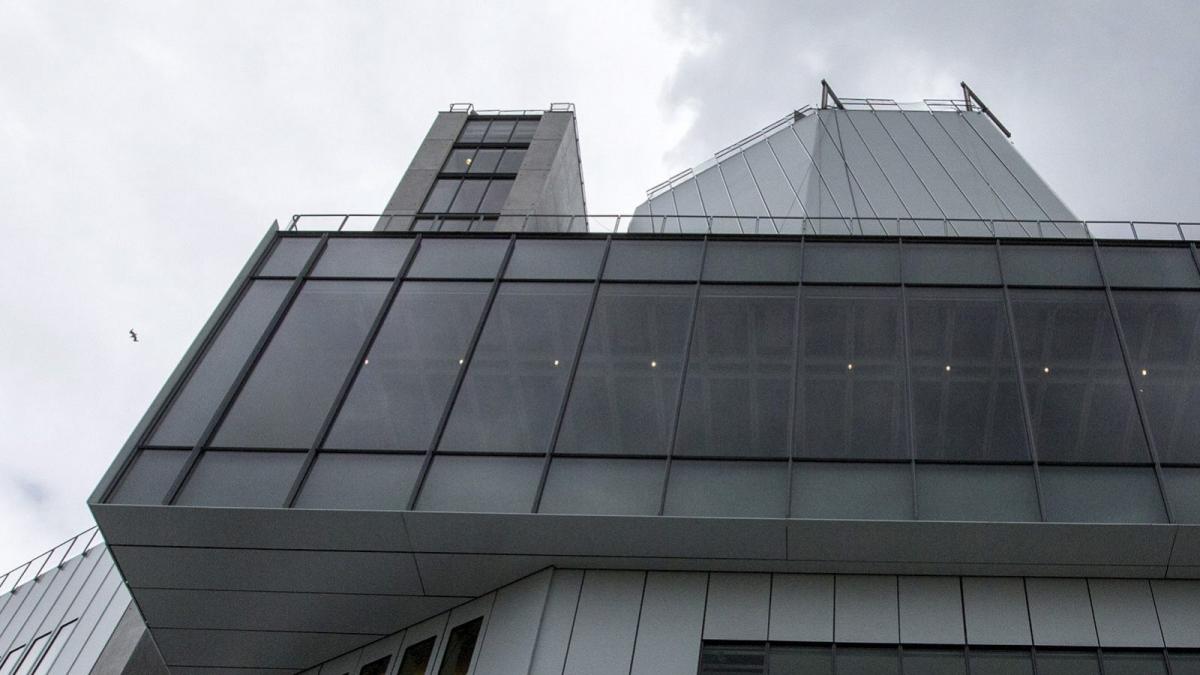This story was originally published by Slate and is reproduced here as part of the Climate Desk collaboration.
When Superstorm Sandy ripped through New York City in October 2012, it did not discriminate. At the construction site of the new Whitney Museum of American Art, chief operating officer John Stanley recalls “mechanical equipment bobbing like corks” in the floodwaters. And at the Rubin Museum of Art, a few blocks uptown, and upland, the museum lost power — a necessity for preserving the artifacts from environmental damage — and the backup generators weren’t enough to keep the facility running. “We thought if we do lose power, in the history of New York City, it would be for a day or two,” executive director Patrick Sears says. “No one really anticipated we could go without power for a week.”
But as once-rare storms like these become more common and more consequential (Sandy caused an estimated $70 billion in damage, behind only Hurricane Katrina), coastal communities are reorienting to a world where they might be underwater at a moment’s notice. And museums are leading the charge when it comes to bolstering up in the face of extreme weather — after all, fina... Read more
